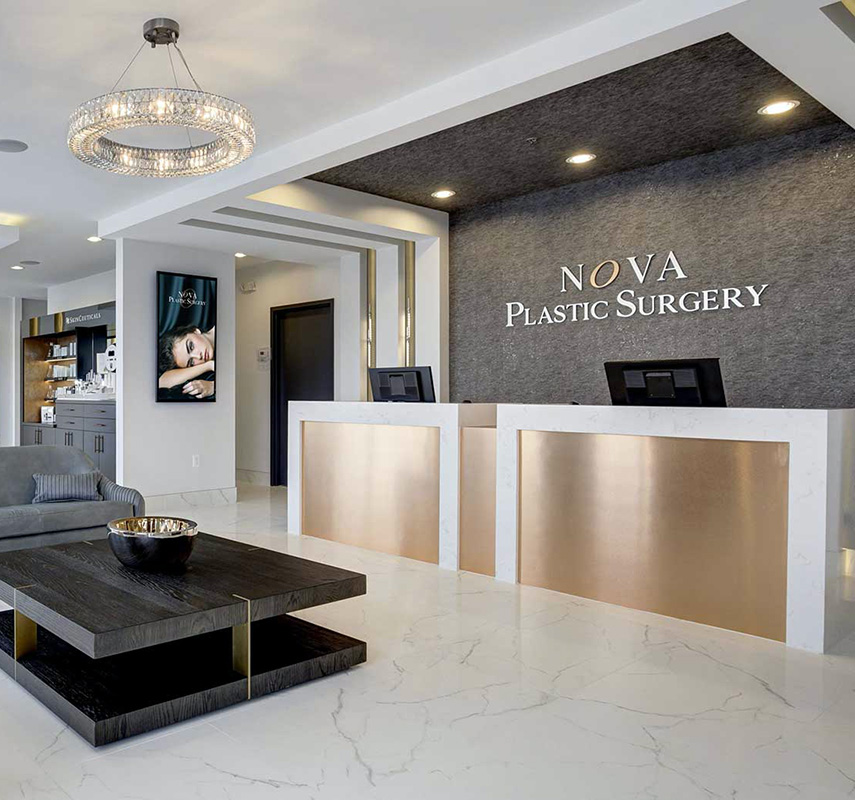 When you begin discussing the risks associated with breast augmentation, one of the phrases you begin to hear is capsular contracture. What does that mean, exactly? And what can you do to decrease the risk of capsular contracture occurring in your situation?
When you begin discussing the risks associated with breast augmentation, one of the phrases you begin to hear is capsular contracture. What does that mean, exactly? And what can you do to decrease the risk of capsular contracture occurring in your situation?
Definition
When a foreign body enters the tissues, the body creates a lining or layer of scar tissue around it as an immune system defense mechanism. This is true of any foreign object, from breast implants to small splinters. This lining that is formed is known as a capsule.
In the case of breast augmentation, the capsule of scar tissue can begin to attach to the implant and then harden, or contract. The contraction of the scar tissue capsule causes the implant to shift, and can lead to discomfort and hardening of the breasts.
There are four levels of capsular contracture. Grade I is when the breast still looks and feels natural. The patient might not even notice that contracture has occurred. Grade II is when the breast has a normal appearance, but may feel slightly firm to the touch. Grade III includes a firmness of the breast and an abnormal appearance. Grave IV is when the breasts appear abnormal and are firm, and possibly painful.
Causes
Occurrence of capsular contracture is unpredictable, and doctors and scientists are unsure of the exact cause. Some scientists believe that an infection causes contracture because the germs cause inflammation, which leads to contraction. Hematoma (bleeding), smoking, and above-the-muscle implant placement have also been linked to capsular contracture.
Prevention
While the exact causes of the complication are unknown, there are steps you can take to minimize the risk of it occurring after your implants are placed. Use textured implants if you are having them placed above the muscle. The texture can prevent the capsule from attaching to the implant wall. Consider under the muscle placement, which decreases the risk of capsular contracture 8 to 12%.
Ensure that the surgeon uses sterile techniques in the operating room, and that the implants are handled as little as possible and by as few people as possible. This will minimize the risk of bacteria entering the pocket and forming an infection that can lead to the complication. If you are getting saline implants, talk to your surgeon about closed filling systems, in which the implant is filled with sterile saline from a sterilized bag and tube system.
Visit our breast augmentation page for more information. Click here to set up a consultation at our Northern Virginia practice or call us at (703) 574- 2588.
Follow NOVA Plastic Surgery on Twitter and Facebook.


Capsular Contracture and Breast Augmentation
Posted July 20, 2012 in News
